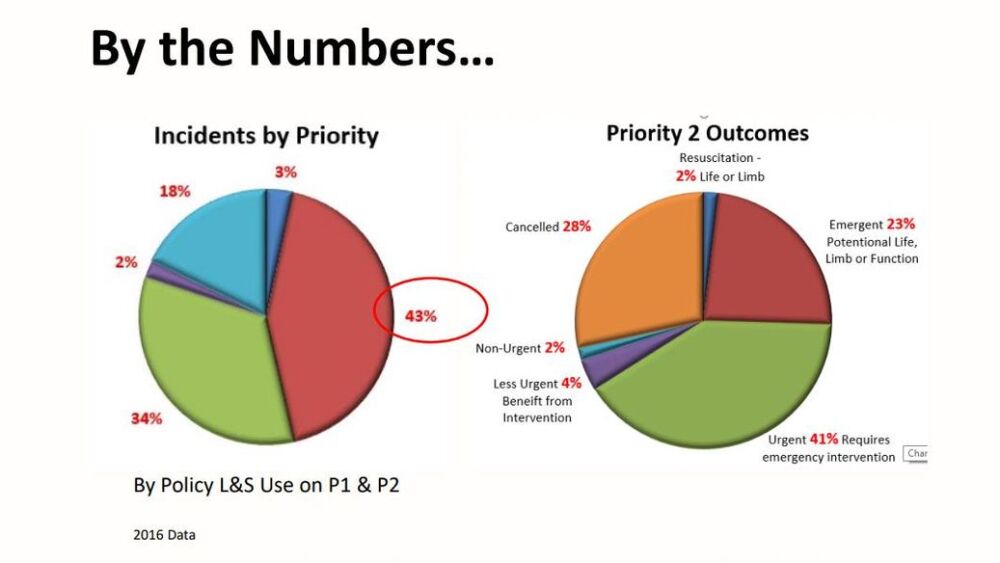By Jessie Forand
WASHINGTON — More than 500 personnel tuned in for a new webinar from the Academy of International Mobile Healthcare Integration (AIMHI).
Those who missed it can watch now on-demand [watch below].
“Flipping OFF the Switch on HOT Emergency Responses” was recorded July 7 and is provided for free.
The talk features information about the Niagara Region EMS squad, which effectively “flipped the switch” by responding cold to calls – without lights or siren.
Just 10% of the agency’s responses to 911 calls are now “hot.”
AIMHI Education Committee Chair Matt Zavadsky explained that hot responses can put both EMS providers and the public at risk. By turning off the lights and siren, safety is enhanced for responders with little-to-no impact on patient care.
“The evidence is clear that red lights and siren response is often unnecessary and dangerous to EMS providers, patients and the public,” Greg Friese, EMS1 editorial director, said. “The panelists shared the specific and replicable methods they have used to substantially reduce the use of red lights and sirens in their jurisdiction. Watch this video and follow their lead to make the same improvements in your system.”
Questions posed in the conversation include:
- How many people are injured or killed during a hot response by EMS vehicles?
- How many EMS providers have been injured or killed during a hot response?
- Is there any difference in patient outcomes from a hot or cold response?
- What really is the public’s expectation when it comes to hot responses?
- What are the things that are preventing people from calling 911 for EMS (hint - it’s the “spectacle” it creates)?
To view the presentation’s slides, visit AIMHI.












